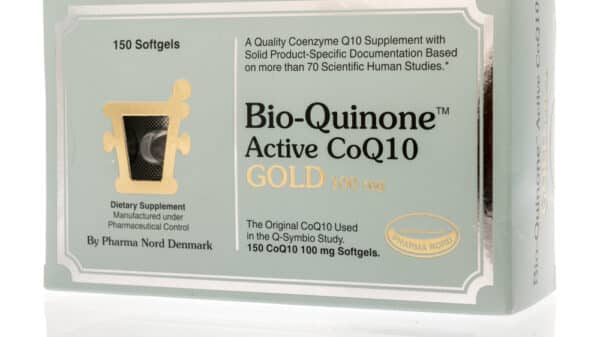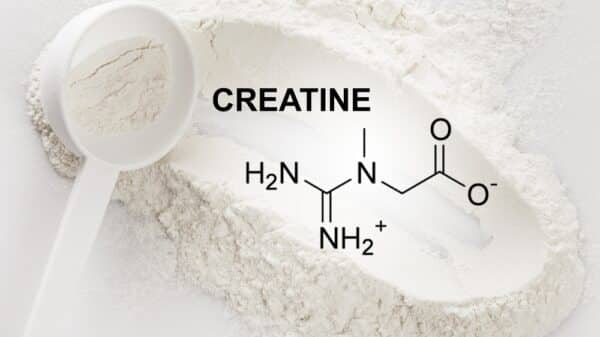For those looking to amplify strength, enhance muscle growth, or improve athletic performance, the concept of a creatine loading phase often comes up. Creatine, particularly in its monohydrate form, stands out as one of the most investigated and efficacious sports supplements available. Naturally residing in the muscles, it plays a pivotal role in energy production during high-intensity workouts. But is venturing into creatine loading truly essential? Is it safe?
Understanding the Creatine Loading Phase
The “creatine loading phase” refers to the conscious strategy of consuming elevated doses of creatine over a short time frame, typically five to seven days, to saturate muscles with this vital compound. During this initial phase, standard recommendations suggest a daily intake of 20-25 grams, broken into four to five smaller doses. Some tailored approaches might even calculate dosages based on body weight—around 0.3 grams per kilogram—ideal for those seeking a more personalized regimen.
The underlying intention of this loading phase is to escalate phosphocreatine reserves in muscles quickly. This surge enables faster benefits in terms of strength, power, and overall athletic performance. By proactively loading creatine, individuals can achieve effective muscle saturation generally within a week, whereas a lower daily dose could extend this to three to four weeks.
Advantages of Creatine Loading
Why opt for a creatine loading phase? Highlighted below are the key benefits supported by scientific research:
1. Rapid Muscle Saturation
The cornerstone advantage of creatine loading is the rapid increase in intramuscular creatine reserves. Higher initial doses accelerate the process, offering quicker access to performance benefits. Research indicates that a well-executed loading phase can elevate muscle creatine content by a staggering 20% to 40% faster compared to a standard low-dose approach.
2. Enhanced Strength and Power
Numerous studies have confirmed that creatine supplementation, especially when combined with resistance training, improves strength and power output. The expediency offered by a loading phase contributes to reaching these performance levels sooner. Notably, research published in the *Journal of Strength and Conditioning Research* found significant power and strength gains in individuals who underwent a creatine loading phase compared to those who did not.
3. Improved Recovery Rates
Another significant benefit lies in how creatine aids in replenishing energy stores and minimizing muscle inflammation post-exercise. This effect leads to quicker recovery between strenuous workouts, fostering long-term muscle growth and endurance. Studies show that individuals taking creatine exhibit noticeable improvements in muscle force recovery.
4. Increased Muscle Volume
Creatine is known to draw water into muscle cells, leading to enhanced muscle size or fullness. While some of this increase is due to temporary water retention, it is also indicative of improved energy storage capacity. Research suggests significant muscle growth related to creatine loading, with enhanced fiber cross-sectional area observed in resistance-trained subjects.
5. Quick Onset of Performance Benefits
The swift elevation in muscle creatine levels means athletes may notice improvements in strength, speed, and endurance relatively quickly after starting supplementation. Studies demonstrate enhanced performance metrics in sprint and power tests shortly after completing the loading phase.
6. Facilitation of Training Adaptations
Creatine supplementation—loading or not—profoundly supports muscle growth, strength, and recovery in resistance training. Trials indicate that integrating a loading phase into training regimens yields superior results compared to standard supplementation.
7. Decreased Muscle Fatigue
Elevated creatine levels can minimize performance drop-off during repeated high-intensity exertions, making workouts more effective. Research found that endurance in high-intensity sprinting was considerably enhanced in creatine-supplemented athletes.
8. Potential Cognitive Enhancements
Recent studies have researched the cognitive effects of creatine, offering preliminary evidence of its role in enhancing mental clarity and reducing fatigue during cognitive tasks. This suggests that creatine may extend beyond physical performance benefits.
The Necessity of Creatine Loading
While creatine loading is a valid approach, it may not be necessary for everyone. Consider the following when deciding:
Reasons to Consider Creatine Loading:
- You have pressing training goals or are preparing for an upcoming competition.
- You are comfortable with higher temporary dosages and can manage mild side effects.
- You aim to reach full creatine saturation rapidly.
Reasons to Skip Creatine Loading:
- Lower doses will eventually achieve similar results; loading simply accelerates the timeline.
- It may reduce the risk of side effects often associated with high initial doses.
- A simpler daily regimen may be more manageable.
- Individuals with pre-existing health conditions should be cautious and may benefit from a gentler approach.
The Bottom Line:
For most active individuals, creatine loading isn’t a necessity. While it can expedite benefits, a daily consistent dose offers substantial advantages over time.
Executing a Creatine Loading Phase
Should you choose to incorporate a loading phase, here’s a safe and science-backed methodology:
1. Select Quality Creatine
- Creatine monohydrate is both the most studied form and cost-effective.
- Choose reputable brands that offer third-party testing for quality assurance.
2. Loading Phase Dosage
- A typical loading dose consists of 20 to 25 grams daily, divided into smaller servings.
- A weight-based approach of 0.3 grams per kilogram is also viable.
3. Dosing Schedule and Timing
- Distributing doses every three to four hours can aid absorption.
- Integrating creatine with meals, especially those rich in carbs or protein, can enhance efficacy.
- Maintain hydration, as creatine draws fluid into the muscles.
4. Maintenance Phase
- Following the loading phase, shift to a daily maintenance dose of 3 to 5 grams.
- This consistent intake is crucial for sustaining elevated creatine levels.
5. Optional Mini-Loads
If you resume creatine after a break, a brief loading phase may be beneficial, but avoid excessive frequency of high-dose loading.
Potential Risks and Side Effects
Creatine is generally considered safe, yet mild side effects can occur, especially among those consuming large doses without food. Potential effects may include:
- Temporary water retention or bloating
- Stomach upset or nausea
- Mild digestive disturbances
To mitigate these risks:
- Disperse doses throughout the day.
- Take creatine with meals.
- Stay well-hydrated.
Common Inquiries
Is Creatine Loading Safe?
Yes, studies affirm that, when taken correctly, creatine loading is safe for healthy individuals.
Can I Skip the Loading Phase?
Certainly. You’ll still reap substantial long-term benefits, albeit at a slower pace.
What Type of Creatine is Best?
Creatine monohydrate remains the gold standard due to its effectiveness and affordability.
How Long Should the Loading Phase Last?
A duration of five to seven days is common, after which individuals transition to a maintenance phase.
Should I Cycle Off Creatine?
Cycling isn’t typically necessary. Continuous use without adverse effects is common.
Do I Need to Take Creatine on Rest Days?
Yes, maintaining consistency on non-training days supports muscle saturation.
What is the Recommended Loading Phase?
A common practice is taking 20 grams daily for a week, split into multiple doses for optimal results.
Is Taking 20 Grams at Once Advisable?
It’s not recommended; splitting doses is safer and more effective.
Is Ten Grams Sufficient for Loading?
This might work, but full saturation could take longer compared to a standard loading protocol.
Is Loading Really Necessary?
No, it’s optional. You’ll still benefit from consistent daily usage over time.
Why Might I Gain Weight on Creatine?
Weight gain often stems from water retention in muscle cells but typically indicates enhanced hydration rather than fat gain.
Is Creatine Loading Appropriate for Women?
Yes, loading is equally safe and effective for women, providing similar benefits as seen in men.
































